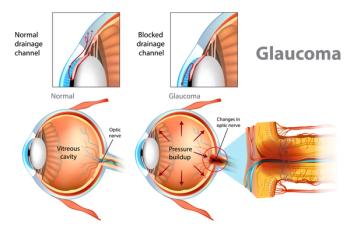
Find out which myths are busted and which are plausible

Find out which myths are busted and which are plausible
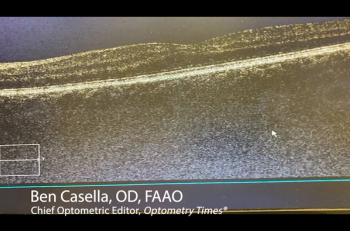

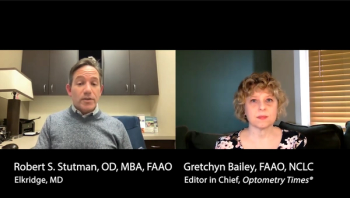
Glaucoma reminders for ODs during World Glaucoma Week
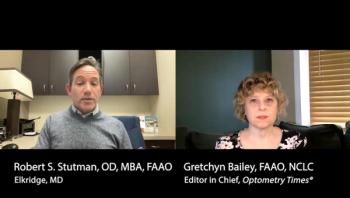
Glaucoma reminders for ODs during World Glaucoma Week
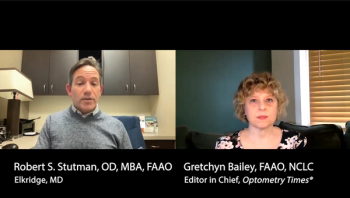
Glaucoma reminders for ODs during World Glaucoma Week
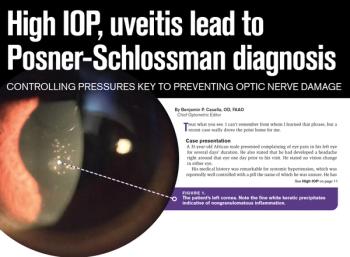
Controlling pressures key to preventing optic nerve damage
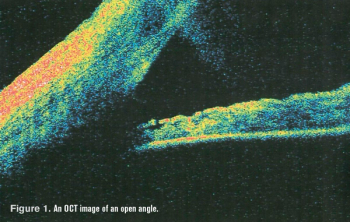
Examining patients with both gonioscopy and imaging can reveal potential concerns
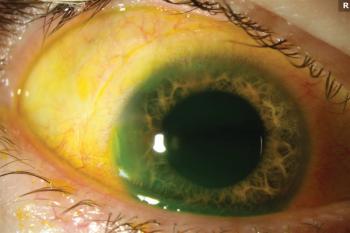
Most pressure spikes after cataract surgery are transient; however, they can threaten vision

New drug from Gensight Biologics hits pipeline

Thinning of the lamina cribrosa could be a biomarker for cognitive impairment
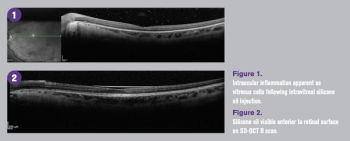
Use of intravitreal biologics, steroids, and improvements to vitreoretinal surgical techniques have improved the prognosis of vitreoretinal conditions. Ocular hypertension, which may lead to secondary open-angle glaucoma, is a common complication both short- and long-term following intravitreal injection of anti-VEGF or steroid agent and PPV—especially when silicone oil is used as a tamponade agent. Understanding these potential risks is key to early detection, diagnosis, and management following vitreoretinal procedures.

Rocklatan achieves non-inferiority to Ganfort and outperforms prior Phase 3 trials
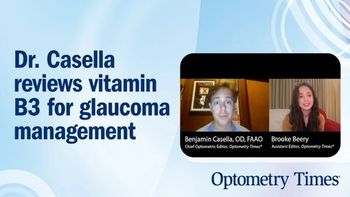
A world-first clinical trial led by the Centre for Eye Research Australia shows vitamin B3 (nicotinamide) could play an important role in protecting against nerve cell damage that leads to blindness in glaucoma patients.
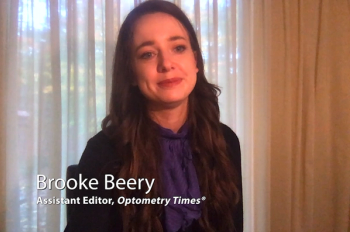
Assistant Editor Brooke Beery shares news updates for October 25, 2020.
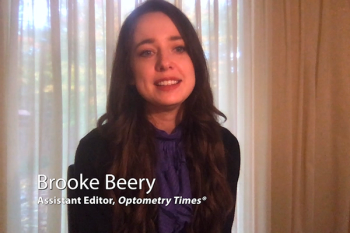
Optometry news update
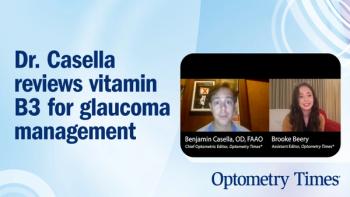

Eye physicals should be full-scope
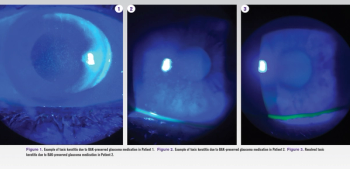
Know options for treatment are available
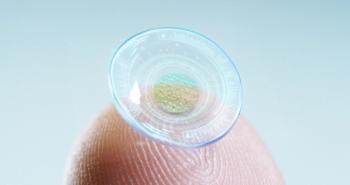
New devices will monitor health, enhance vision, and treat the eye
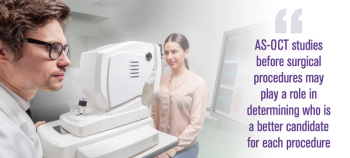
Cross-sectional structures of the bulbar conjunctival tissue can be accurately measured
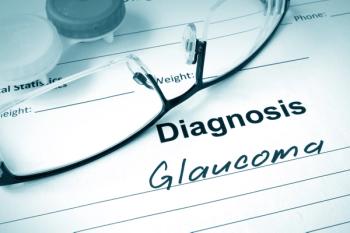
Apply lessons learned in glaucoma to treating macular degeneration
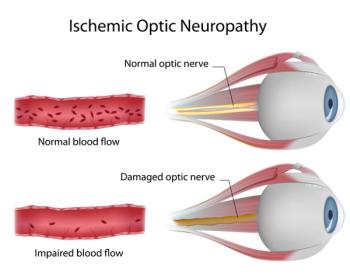
Study shows improved OBF throughout the retina with antioxidant supplementation
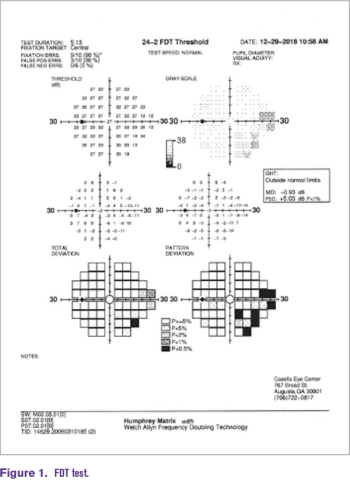
Frequency doubling technology may become the new holy grail of glaucoma imaging.
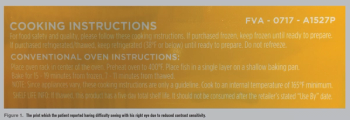
A comment from a patient prompts a doctor’s change in testing and discussion.